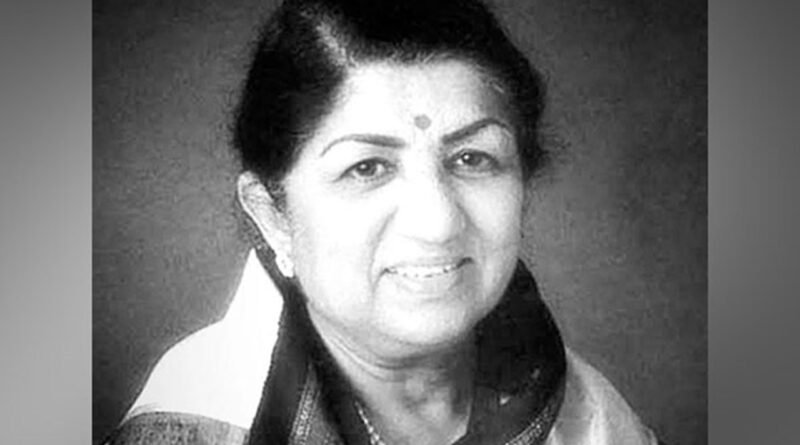Jhumri Telaiya & Lata Mangeshkar: inseparable connection
Jhumri Telaiya (Jharkhand), February 6 dmanewsdesk: Jhumri Telaiya sounds familiar to music lovers? Nestled in nature’s lap in Jharkhand this quaint hamlet, that derives its identity from an enchanting lake shot, to fame in early 1950s when Radio Ceylon and All India Radio’s Vividh Bharati used to be inundated with demands to play numbers, sung by the legendary singer Lata Mangeshkar.
As news of the `Indian NIghtangle’ who defined music for generations, breathing her last, reached this small town, loudspeakers installed at marquees to worship Goddess Saraswati started playing Lata Didi’s’ numbers as did most of the roadside eateries, smalls shops and establishments. People huddled on streets talking about the legends death with moist eyes.
Despite television replacing radio in most of India, roadside eateries, small shops and establishments still have a passion for radio sets in this town, about 165 km from the state capital Ranchi.
This was the town where countless, tuned-in to hear their favourite Lata songs, with many thumping their tables the moment announcers at Radio Ceylon or Vividh Bharti such as Ameen Sayani announced Agli farmaish hai Jhumri Teliaya se” (the next request is from Jhumri Telaiya).
According to Rajiv Ranjan, who quit Indian Revenue Service and is now a barrister based in Ontario, Canada, the truth behind Jhumri Telaiya’s, fondness for music, is tied to its economic history and discovery of vast deposits of mica in the region, in 1890.
The Mica tycoons of Jhumri Telaiya, Chattu Ram Bhadani and Horil Ram Bhadani, controlled nearly 1,000 mines in the region. These rich and influential businessmen spearheaded the transformation of Jhumri Telaiya from an obscure, sleepy village into a mining powerhouse with a fondness for music. The famous Bhadani family, even got Suraiya, (a well-known Bollywood playback singer) from Bombay, to perform at a concert there, as also Ustad Bisillah Khan, said Ranjan.
When radios became popular, sending song requests on postcards became a major pastime in this village.
A mine owner from Jhumri Telaiya, Rameshwar Prasad Barnwal started mailing postcards with ‘farmaishein’ (song requests), to Radio Ceylon daily for Ameen Sayani’s `Binaca Geetmala’ program. Because Barnwal was a regular mailer, his name started appearing regularly in the requests announced in the show. This motivated other residents of Jhumri Telaiya to send in their requests as well, said Ranjan.
Soon the fad took over the entire town, radio lovers in Jhumri Telaiya formed a little radio listeners’ club and started competing among themselves to send out the most song requests in a day or month.
A leading industrialist of the region, Rahul Modi, whose grandfather Rameshwar Modi was a leading mica trader then, told PTI: My grandfather and others used to bet with each other on whose name would be announced on a given day in the music requests program.
Modi said most of the song demands were for Lata Mangeshkar numbers.
It is a sad day for the region. It is such a great loss Jhumri Teliaya and Lata Didi songs are inseparable.
Dr Deepak Kumar, a leading doctor with a UN body reminisced: Jhumri Teliaya has its identity due to radio and Lata Ji’s songs. Radio was prohibited in the hostel of Sainik School, Telaiya, but we used to manage to somehow listen to her songs and Jhumri Telaiya’s name . At that time it used to be part of Hazaribag district.
Vimal Kumar Singh, Director, Ambika Singh Engicom Pvt Ltd who also studied at Sainik School Telaiya said: Lata Ji’s demise is shocking for entire Telaiya. According to Ranjan, in 1957, when All India Radio resumed broadcasting old Hindi Songs on their Vividh Bharti program, they received hundreds of requests from this quaint town. To save labour, the channel printed the request format on postcards where the person was only required to fill song details by hand.
Source: PTI




